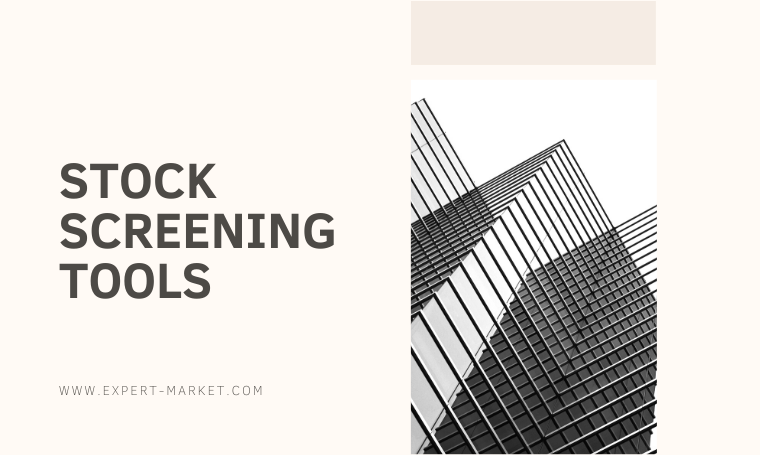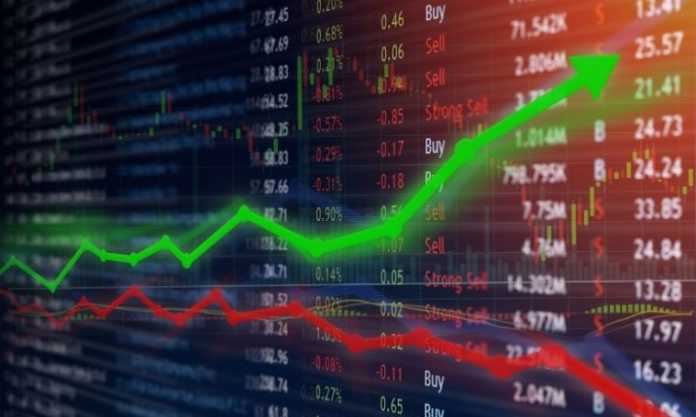Investing is a much more complex process than just going on your nearest brokerage application and clicking buy. Although it may be presented this way and seem that easy on the surface, the real work that makes for a sound investment goes on behind the scenes with tools most never see.
Good investors don’t just buy when it’s green, they anticipate the green, and having the proper resources is key in doing so.
Treating your stocks and your search for them alike is a systematic process that involves tools and is very much, so work too is a portion of investing that cannot be overlooked. To truly be a shrewd, meticulous investor, you’ll need to create an effective and efficient routine that enables you to sort through and filter out any investments that may happen to grace your radar.
No work is accomplished without tasks, and no carpenter does a job without tools. Your investment vetting process is no different. With the right stock screening tools and sources of information in your tool belt, you’ll be able to make informed decisions on every buy and sell made from your portfolio.

1. You Need a Watchlist
Any investor with even a little experience is familiar with a stock watchlist. Almost all major investing platforms offer this tool, with apps likely being one of the most prominent modern iterations of it. A watchlist simply allows you to add stocks or other equities to a list of investments you wish to keep tabs on.
You should do this with investments you see as having potential, maybe stocks you anticipate a precipitous drop-off on, or even just corporations and IPO’s you’re interested in keeping up with.
Watch lists allow you to keep track of individual equities without having to search for them and make for a convenient way to manage your current investments and potential ones. They even make for a somewhat decent option to test your predictive skills.
This is where an experienced investor could add stocks that they expect something from to a watchlist and monitor to see if they’re predictions come to pass. Not only are they beneficial to your portfolio, but they improve your insight and knowledge of investing as a whole as well.
With a properly filled out watchlist, investors can keep track of prospective investments, current holdings, previously held shares, and even keep up with those speculative, yet educational, predictions that they may have on the market.
2. The News Is Important Too
Something that is likely overlooked at times when considering potential tools to use when making investing choices is a news source. It’s important for investors to have a reliable source of financial news as it relates to not only the markets, but the economy and world news as a whole. Investors like you know that news moves the market. Stocks can gain traction and growth through publicity, and sometimes shrink due to bad PR.
The market as a whole of course contracts and expands with both domestic and international economic fluctuations as well, as can be clearly evidenced by the impact our pandemic has had on investing just this year alone. Without the news though, investing would be done somewhat blindly, or at least from a narrower perspective. Worldwide news as well as easy access to it in most countries help make investing what it is today, and it serves as a great resource for traders.
Ultimately, just make sure the news your consuming is relevant to your particular investments or investment strategy. A long-term investor for example, shouldn’t exactly be too afraid of a little short-term volatility in a market that’s temporarily unstable due to news cycles and events that are happening in the world. All this person would need to do is check the lifetime returns on the market as a whole to rest easy.
More speculative investors on the other hand, such as perhaps day traders who get their investing fill out of flipping stocks on short-term notice for a profit, will be much more likely to be affected by daily and weekly news that comes out in comparison to the former. The news will be important to both, because uh, diversification, but likely even more so to those who’ve made thier investing method their preferred investment
3. Stock Screeners Are Paramount
Stock screening tools allow you to do almost everything you need with a specific stock all in one place. Watchlists allow you to add it to the board once it’s fit the criteria, and the news is an outside influencer that helps you see potential boosts and threats, but as far as gathering relevant internal data on the investment itself, screeners are the way to go.
Stock screeners allow you to filter for a number of numerical criteria that may apply to any prospective investment. Investors can sort for volume, day-high, day-low, market cap, average volume, dividend/yield, and other important data points. Some screeners even implement their own unique tools that aid in identifying whether or not a stock is of high or low risk, dependent upon multiple factors.
In Summary
Get your setup ready before you dive into buying and selling. Being prepared and knowing you’ve done the research with the right research tools can go a long way in giving investors the peace of mind needed to feel confident in their decisions on the market, even those that may not swing in their favor. Apply your personal investment strategy and outlook to your process, pick the right tools for you, and get started.
When deciding whether or not an investment is worthwhile, having context is a vital aspect of determining just that. Stocks with a great recent volume or seemingly positive trend can look like a good investment on the surface, but often times we find that these booms end up leading to busts. This is why context is crucial to your investment strategy and how you screen for your stocks, and these tools allow you to accomplish just that.




























